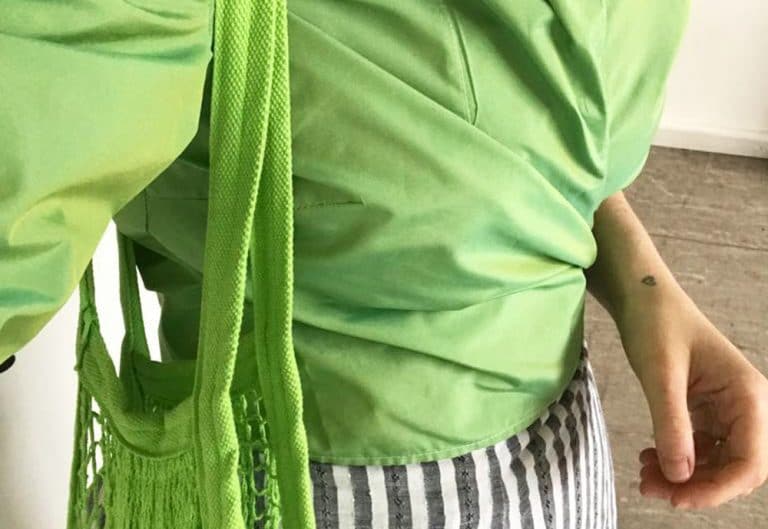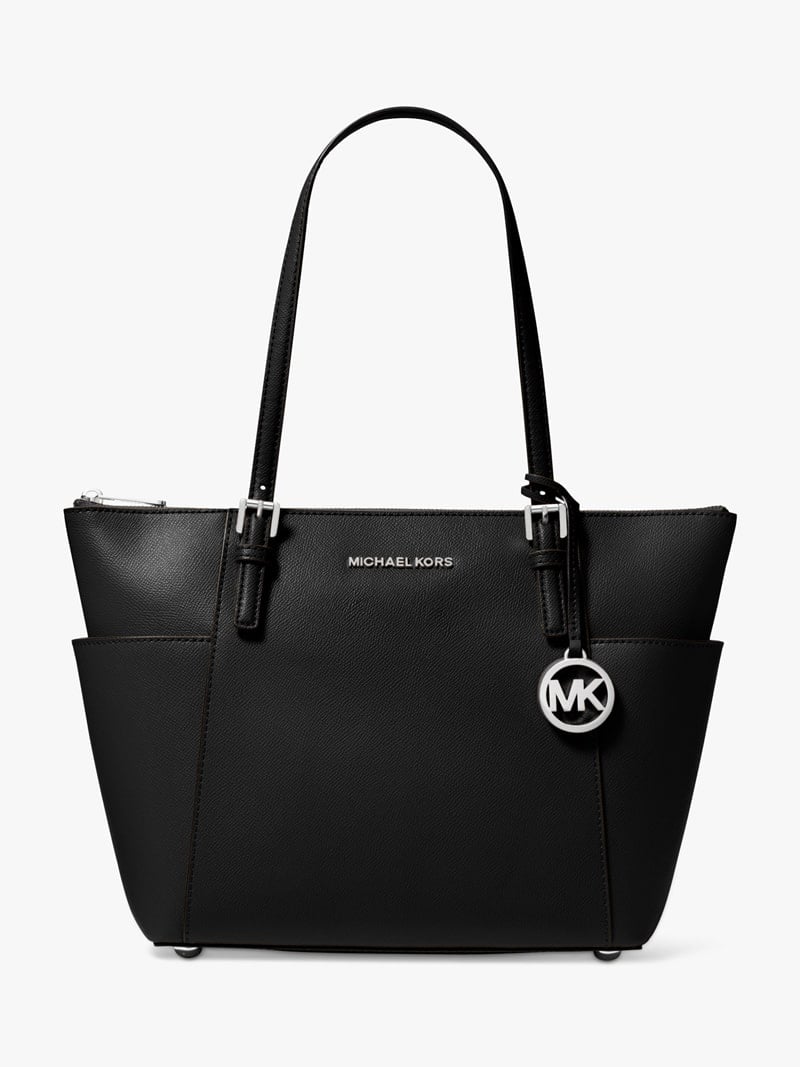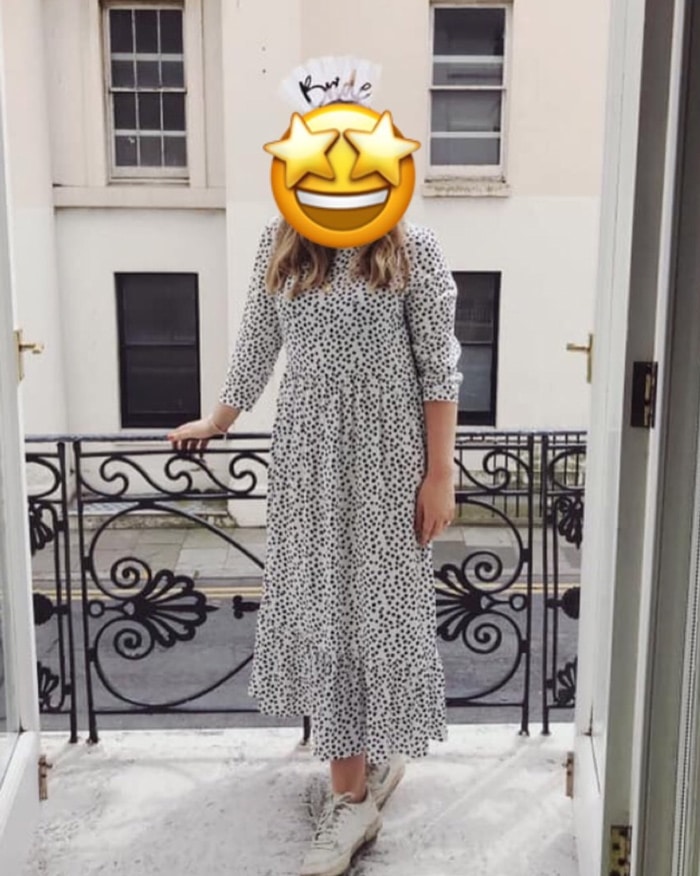What is a basic bitch? An ex basic bitch explains

What is a basic bitch?
First things first, let me start by explaining the term ‘basic bitch’ (where both words can also be capitalised for a more dramatic effect). Depending on the country she (being a basic bitch has nothing to do with gender, but for the sake of this article I’ll be describing a female basic bitch) comes from, the basic bitch can display a few different characteristics. However, she will always have some main universal traits.
At the top of the list is her sense of fashion. Many will recognise a basic bitch by the camel UGG boots she’s wearing and the generic Michael Kors bag she’ll always have by her side. Take the French version of the basic bitch and she will still be wearing UGG boots, this time in black, and will have replaced her Michael Kors bag with a Zadig & Voltaire one or the Balenciaga Classic City bag—you can take my word for it, as I’ve been there, done that.

Usually a big fan of any Starbucks drinks, the basic bitch will definitely be drinking a Pumpkin Spice Latte during autumn. When the weather gets warmer, she might switch to a frappuccino with extra whipped cream. Mainly inspired by shows such as Gossip Girl, The Hills and 90210, the basic bitch loves a bit of rose gold jewellery and a good pair of leggings.
But more importantly, being a true basic bitch is not only limited to the way you dress—because, as I’ve said before, this can depend on the country, the city and even the neighbourhood the basic bitch comes from. Being a basic bitch has now become an identity, a state of mind and, sometimes, an insult. But why ‘basic’ and not any other term?
Why the term ‘basic’?
‘Basic’ as the pejorative term we know it to be today was originally used to describe someone or something unsophisticated; simple. But with the basic bitch, the term became the perfect adjective to describe (and ridicule) predominantly white women who all look and act the same. In other words, the basic bitch is so mainstream.
According to Google Trends, the term ‘basic bitch’ reached peak popularity in April 2014, shortly after the satirical video titled How To Tell if You’re a Basic Bitch was released by College Humor.
Is the basic bitch a thing of the past?
While being a basic bitch was almost a natural step in the life of a cisgender white female in 2014, many have speculated that the basic bitch no longer exists in 2020. But the basic bitch didn’t disappear; her style, like everybody else’s, merely evolved—she traded her Abercrombie & Fitch hoodie and her Lululemon leggings for that dress from Zara, a pair of Birkenstock sandals and a Fjällräven Kånken backpack.

Should you be ashamed of being a basic bitch?
Do I regret my own basic bitch years? Yes and no. In my case, I like to think that peer pressure and the immeasurable desire to fit in that most teenagers go through were the two factors behind my short-lived basic bitch phase. And although Facebook reminders come to haunt me with pictures of my 14-year-old self wearing atrocious fluorescent yellow joggers that spelled out PINK or SEXY on my bum, I keep telling myself that at the same time, I was also beginning to discover my own sense of style by hunting down a vintage pair of Vivienne Westwood Roman-inspired shoes.
Would I call anyone a basic bitch out loud in 2020? Probably not. Would I think it or text it to a friend? Most definitely. But what doesn’t fall under the ‘basic’ umbrella nowadays anyway? With the rise of social media platforms such as Instagram and TikTok, even the smallest subcultures have become somewhat ‘basic’.
So you think you’re being super edgy because you have pink hair? Think again. Does owning a pair of the Sunday Service tracksuits makes you different? You’re just a rich basic bitch. And that is absolutely fine.
We need to accept the fact that we’re bound to be predictable and mainstream sometimes. Accepting this is the first step towards being kinder to yourself. Just say it with me: we’re all basic bitches.





